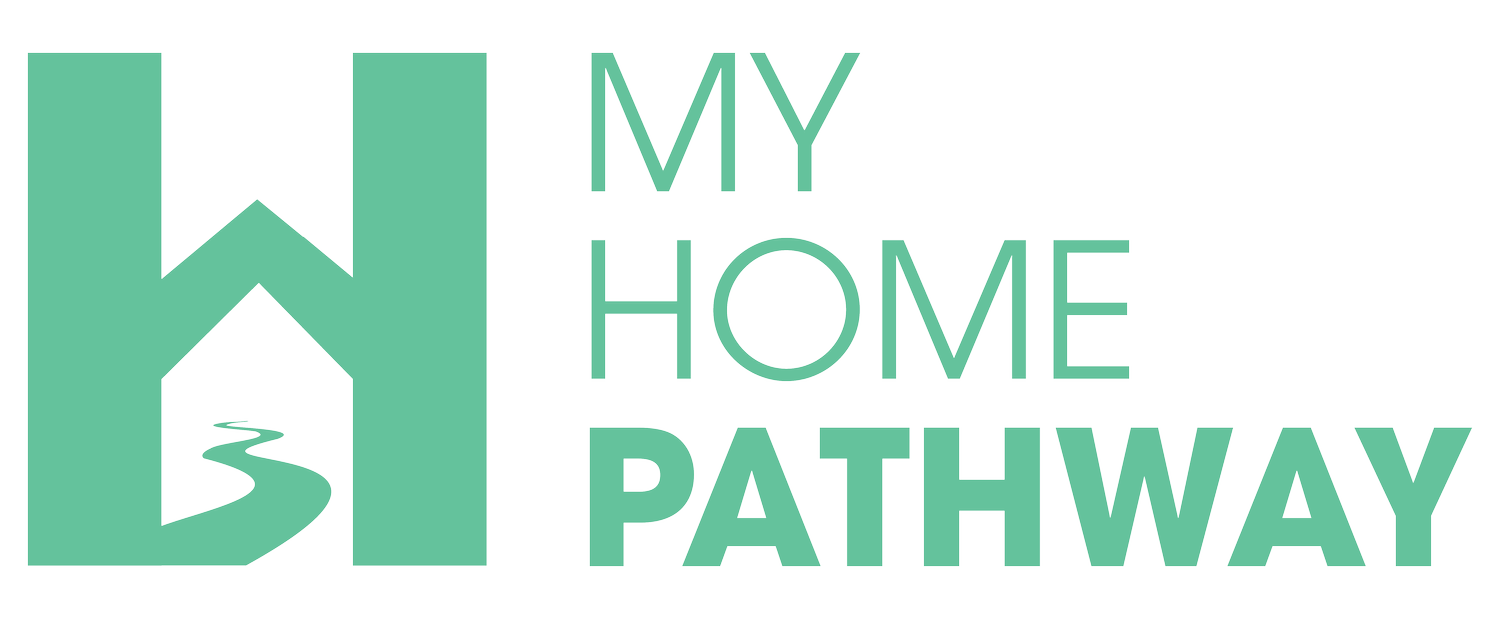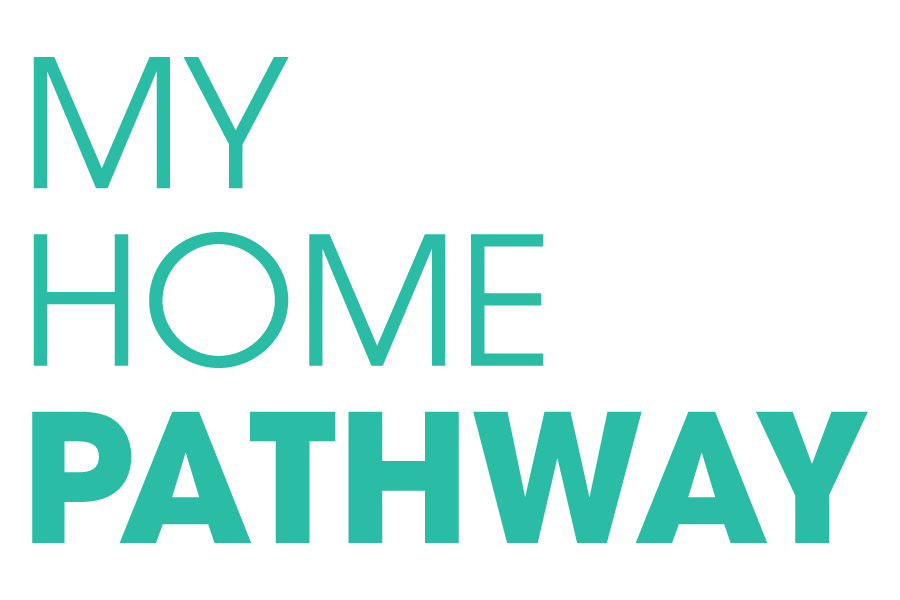Our Top 5 Tips To Pay Off Debt
According to the New York Federal Reserve, consumer debt reached $14.56 trillion after the fourth quarter of 2020. This cumulative balance includes mortgages, auto loans, credit cards and student loans - WOW. And since around 340 million people carry some kind of debt, odds are that either you or someone you know is intimately familiar with debt.
Debt isn't all bad, though - installment debt can actually help your credit score over time if you consistently make payments on-time and higher balances won’t really have a large impact on your credit score. The same, however, cannot be said of revolving debt like credit card balances, which, if left unchecked will not only bring your credit score down but also possibly grow so you’re paying almost as much if not more in interest than your original balance. Yikes. Whatever the case is though, debt is never something that’s really pleasant. We're sharing our top tips to help get rid of that debt as quickly as possible.
First things first, we budget. This something you’ve probably heard a thousand times, but the very first thing you’re going to want to do if you’re trying to get rid of your debt is to come up with and stick to a budget. It’s absolutely critical to successfully paying off your due balances in a timely manner. And really it just makes sense because if you’re not mindful of your spending you may easily find yourself in a situation where you have no money left over to pay what you owe and in worst case scenarios you may actually end up owing more and making the problem worse. If you have debt, you need to come to grips with the fact that there is money you owe and in order to pay it off you have to make more money than you’re spending on a monthly basis so that the money you have left over can be used to bring your balance down to zero.
Tip #1 - Create a Budget
Let’s break this process down a little further because some of you may not be familiar with or very comfortable with creating a budget. Everything really starts with the money you’re bringing in. That’s what you have to work with. From there you’ll want to calculate those monthly expenses that are absolutely necessary and unavoidable like rent, utilities, insurance payments, etc. These are those expenses that you simply cannot live without. From there you can start looking at your discretionary spend on things such as entertainment, eating out, clothes, or the like. These are those expenses that are nice to have but not completely necessary and is where you can get pretty creative in the budgeting process. Let’s say for example you’re spending $3 on coffee every morning from your local coffee chain. If makes you happy, you can continue to do that but you can also decide to start making coffee at home and start saving significantly on how much you’re paying for coffee every month. If you can’t do without it entirely, maybe you make a compromise and only buy from the chain a couple times a week instead of every day. Really it comes down to an exercise in math where you’re almost playing a treasure hunt of where you can find unnecessary dollars being spent that you can instead put towards your debt.
Tip #2 - Have a savings strategy
Another thing you can consider is shopping by taking advantage of deals and coupons. This is actually a really good strategy because unlike the previous tip where it may be a test of willpower and compromise, shopping with deals and coupons means you can continue your existing spending habits but do so in a way that allows you to pay less than you normally would. Sites like Slickdeals.com and RetailMeNot are great places to hunt deals and coupons. If you like to dine out a lot you can also consider downloading the app of your favorite restaurants & chains because oftentimes they’ll send out promotional offers that can help you save money on the food you’re already buying. Furthermore some of them will even let you participate in a loyalty program by doing so which further adds to your savings. If you like to shop on Amazon you can even download tool extensions like Honey that will automatically search for and apply coupons on your purchases where applicable.
Tip # 3 - Limit Credit Card Usage
The key to all this as you’re likely noticing is finding ways to limit your spending and something that can help in a more indirect fashion is to limit your credit card usage. An example of this could be taking your credit card information off of vendor websites. Modern e-commerce technology has made it extremely easy to make purchases online which is great from a convenience standpoint but terrible from a savings perspective. By making it just a little harder to make purchases on your credit card you may give yourself that one extra opportunity to catch yourself and prevent frivolous purchases. I mean who hasn’t been a victim of impulse buying. It happens to the best of us and this is just one way to try and safe-gaurd as best we can against these mistakes in the future. If you’re really struggling to control your spending you may want to consider cancelling your credit cards until you’re in a better financial state to make it impossible to add to your balance. There are some downsides in that cancelling a credit card may have a short term negative impact on your credit score and you’ll also be missing out on credit card benefits that can further help you pay off debt with cash back so think carefully before making a rash decision. Limiting your credit card spending to just an amount you can pay off immediately will likely be your best option but we all have varying levels of self-control and there’s no shame in getting as much structural support for yourself as you can.
Tip #4 - Get A Side Hustle
Now even considering all these cost-cutting measures, if you’re still struggling to find a budget surplus you may want to consider taking on a side hustle. LIke we said before the amount of money you’re bringing in is really the starting point but if your expenses overshadow your income the bigger problem may be that you’re just not making enough. A way to address this problem is to make more money. Whether you do so through a promotion/raise, second job or side gig is up to you but you’re going to want to bring up that income to a level where it can support your budget. Sure this is another option that is going to require more effort on your end but if you’re looking to get rid of your debt it’s something you may really want to consider. If running food deliveries for a few hours each week could mean you can get out of debt a year or two faster, would that be worth your while? Ultimately the decision is yours to make but we just want to remind you that minimum payments benefit your lenders to maximize their returns.
Tip #5 - Learn How To Pay Down Your Debt
Great, so we’ve worked through your budget and now you’re at a point where you have excess money to work with and pay down your balances. Let’s put some thought into how you’ll want to go about that specifically. There seem to be 2 prevalent schools of thought on this, one being the avalanche method and the other being the snowball method. The avalanche method places focus on paying off your balances that have the highest interest rate so that over time you’re paying less in interest than you would have otherwise. The snowball method instead focuses on paying off your debt with the lowest balances. The idea here is that by paying off your lower debt commitments you’ll eventually free up more money you can then use to pay off your other loans more quickly over time and snowball into larger payments to the rest. To decide which is best for you, you may want to do some math and see what leaves you best off but again at the end of the day it’s your decision to make and you should proceed with what makes you most comfortable.
Some other options you can consider to help you pay off your debts more effectively are loan consolidations and balance transfers. Loan consolidations can make it more convenient by allowing you to make just one monthly payment rather than several. They can sometimes also offer more competitive interest rates which will allow you to pay less interest overall. Balance transfers function in a similar vein by taking one balance from one credit card and moving it to another with a better interest rate. In effect it’s like you’re paying off one credit card with another but the savings you’ll make on interest may very well be worth the effort.
Now this last bit of advice may not be all too pleasant to hear much less consider but if you find that through all this you still find your situation to be quite dire it may be worth considering debt relief programs and/or bankruptcy. These are very much last-ditch options and should be considered as such. Be very careful when proceeding with either of these. The debt relief industry for example is fraught with scammers who are eager to make a quick buck at others expenses and may leave folks worse off than before. It’s not unheard of for someone to enter a debt relief program, fail to complete and end up with debts that are even bigger than what they started with. Pay very close attention to what you need to qualify, what fees are involved, tax implications and whether you will be able to budget accordingly to complete the program as agreed. If there’s any hesitation about your ability to do so do not proceed and instead look for second opinions, especially from professionals, until you’re comfortable with what you’re signing into.
If ultimately nothing seems viable consider speaking with an attorney to see if filing for Chapter 7 or Chapter 13 bankruptcies may actually leave you better off in the long run. These will have a significant impact on your credit score and will remain on your record for a considerable amount of time and therefore this option should not be considered lightly but in certain circumstances you may be better off in the long run. At the end of the day the name of the game is achieving your financial independence and well being as soon as possible so whatever gets you there soonest will be your best option. Just make sure to speak with a professional and understand all the implications before proceeding with any of these final two options, especially these final two options.
Thanks for sticking with us until the end of this article. If you found this post helpful please like, comment and share with friends and family who you think may also benefit from this information. We're constantly pushing out new content regarding ways consumers can build their credit and wealth while optimizing their path to homeownership. So like always, stay tuned for future updates!




